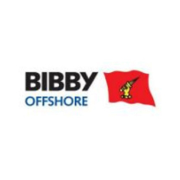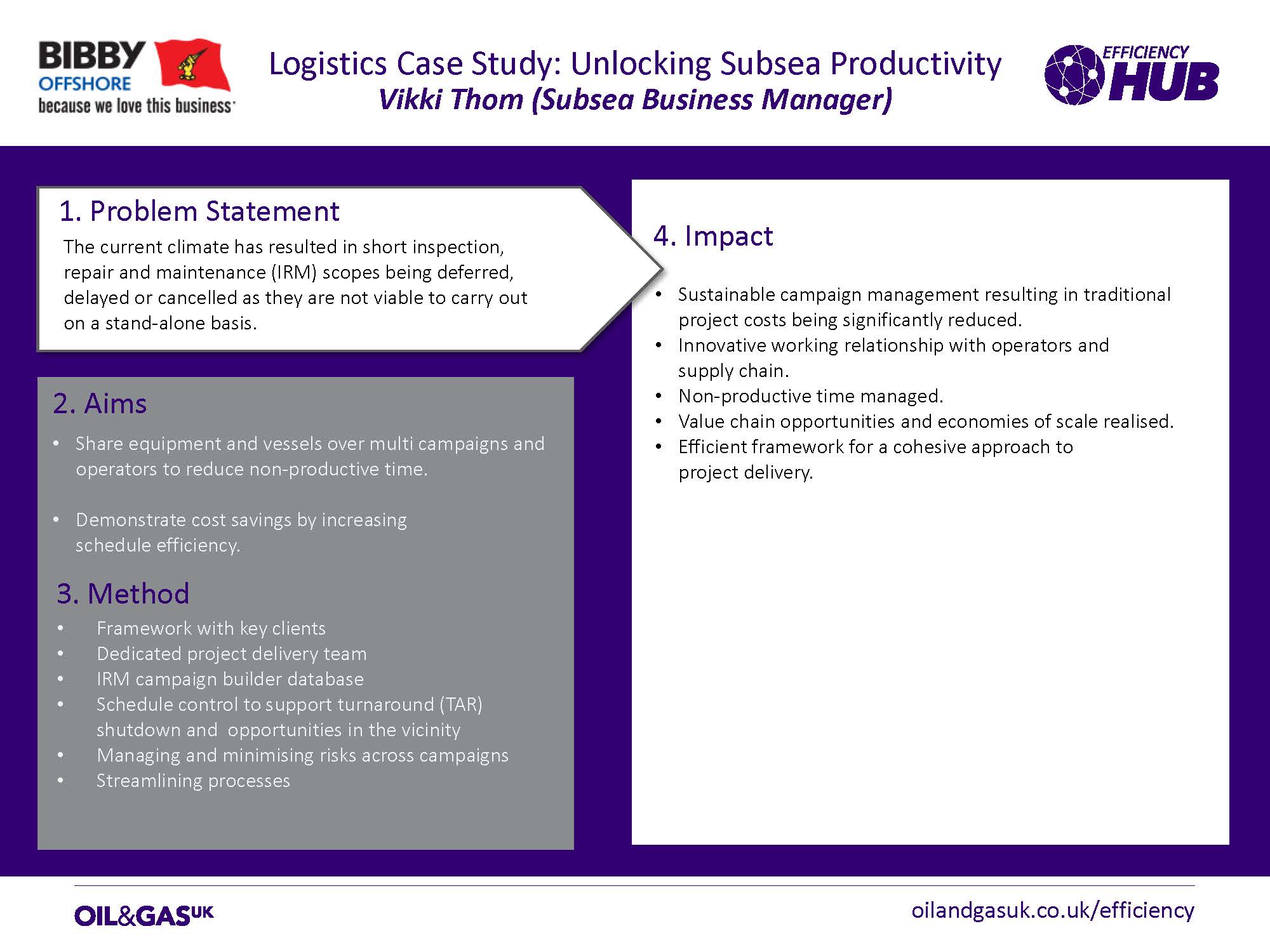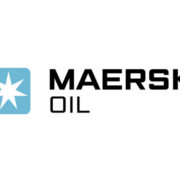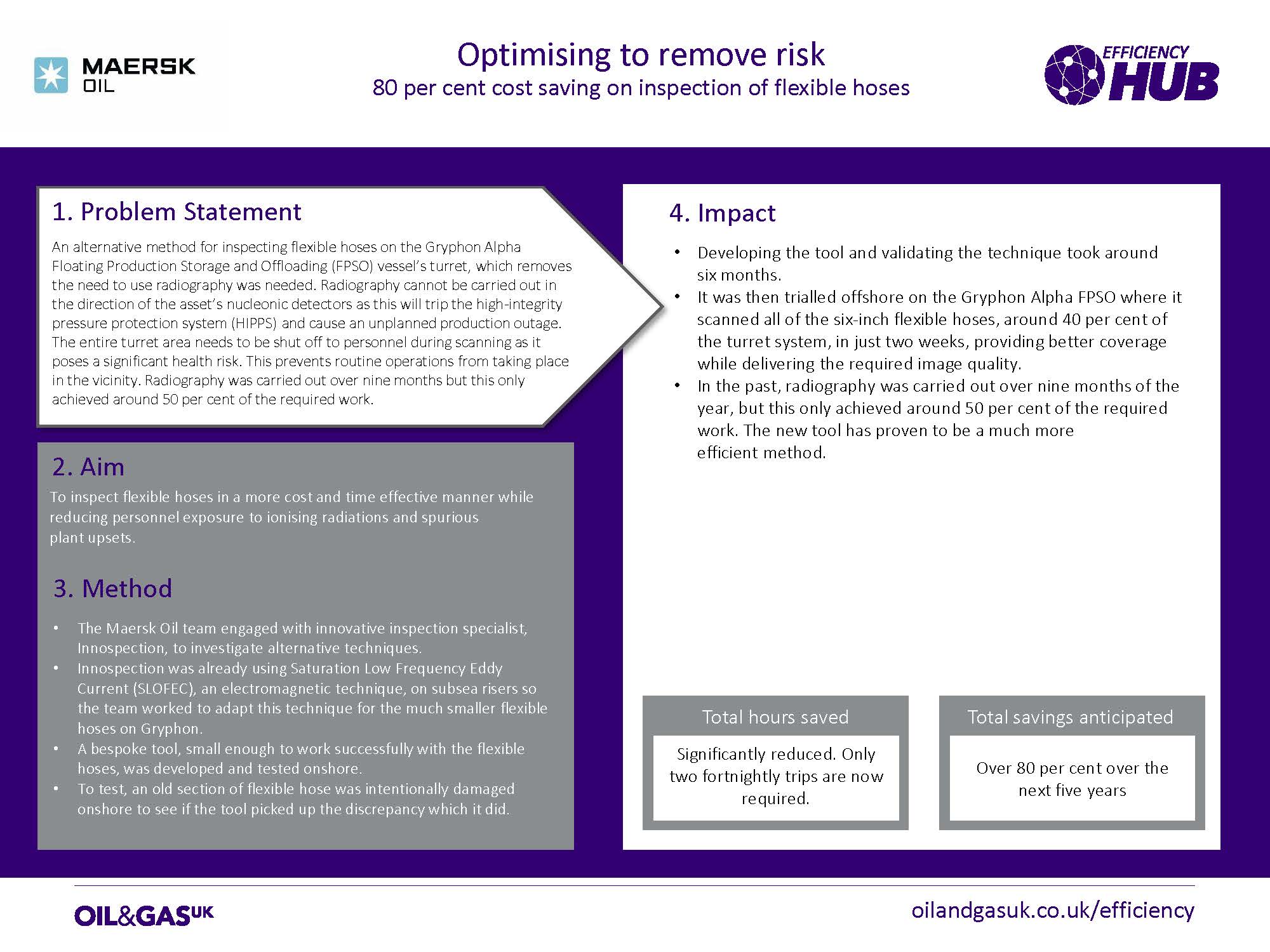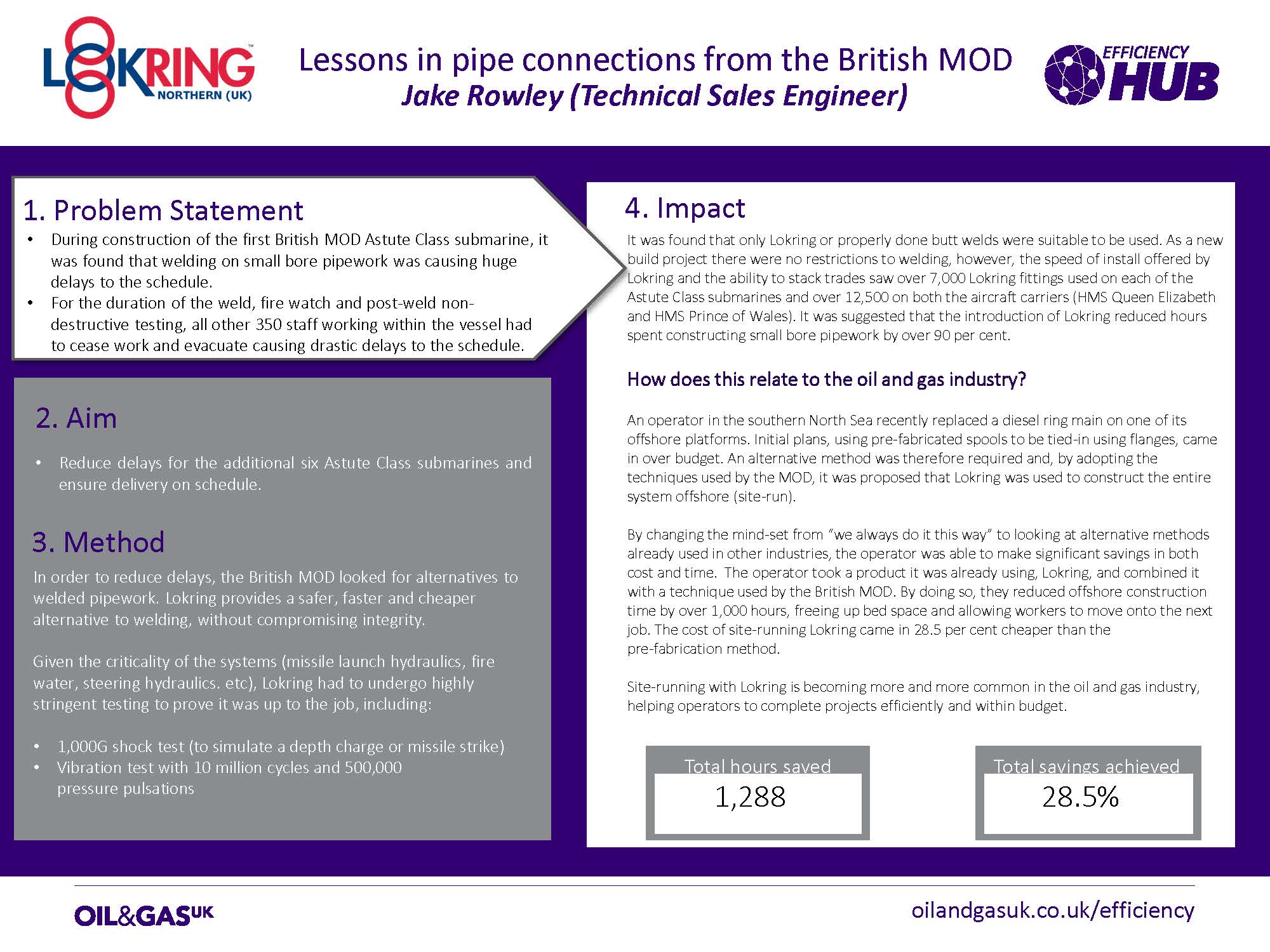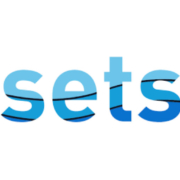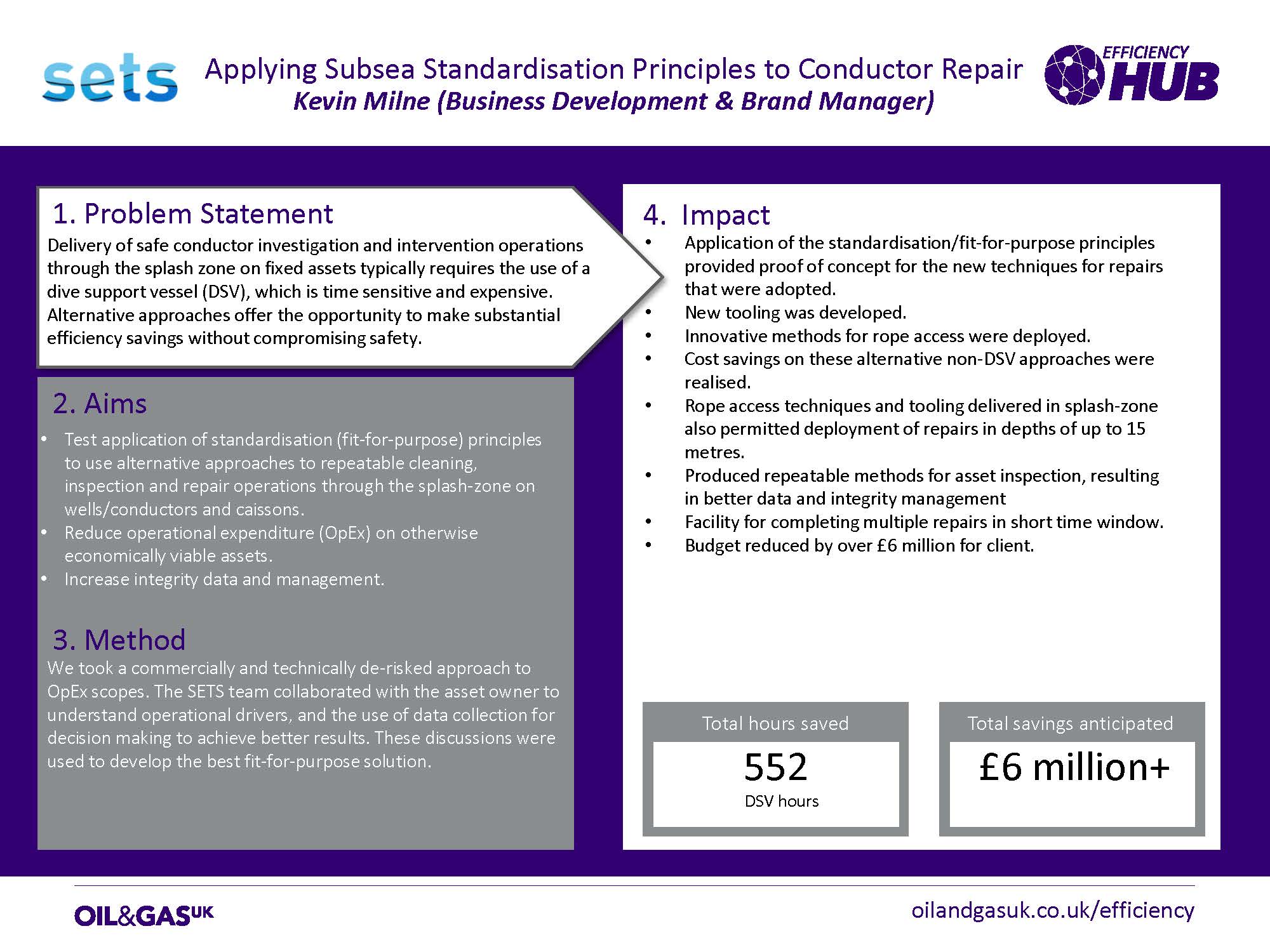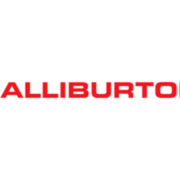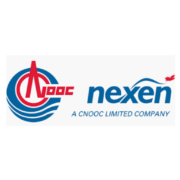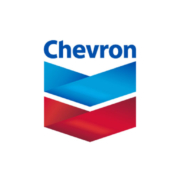Submitted by Jake Rowley (Technical Sales Engineer)
Problem statement
- During construction of the first British MOD Astute Class submarine, it was found that welding on small bore pipework was causing huge delays to the schedule.
- For the duration of the weld, fire watch and post-weld non-destructive testing, all other 350 staff working within the vessel had to cease work and evacuate causing drastic delays to the schedule.
Aims
- Reduce delays for the additional six Astute Class submarines and ensure delivery on schedule.
Method
In order to reduce delays, the British MOD looked for alternatives to welded pipework. Lokring provides a safer, faster and cheaper alternative to welding, without compromising integrity.
Given the criticality of the systems (missile launch hydraulics, fire water, steering hydraulics. etc), Lokring had to undergo highly stringent testing to prove it was up to the job, including:
- 1,000G shock test (to simulate a depth charge or missile strike)
- Vibration test with 10 million cycles and 500,000 pressure pulsations
Impact
It was found that only Lokring or properly done butt welds were suitable to be used. As a new build project there were no restrictions to welding, however, the speed of install offered by Lokring and the ability to stack trades saw over 7,000 Lokring fittings used on each of the Astute Class submarines and over 12,500 on both the aircraft carriers (HMS Queen Elizabeth and HMS Prince of Wales). It was suggested that the introduction of Lokring reduced hours spent constructing small bore pipework by over 90 per cent.
How does this relate to the oil and gas industry?
An operator in the southern North Sea recently replaced a diesel ring main on one of its offshore platforms. Initial plans, using pre-fabricated spools to be tied-in using flanges, came in over budget. An alternative method was therefore required and, by adopting the techniques used by the MOD, it was proposed that Lokring was used to construct the entire system offshore (site-run).
By changing the mind-set from “we always do it this way” to looking at alternative methods already used in other industries, the operator was able to make significant savings in both cost and time. The operator took a product it was already using, Lokring, and combined it with a technique used by the British MOD. By doing so, they reduced offshore construction time by over 1,000 hours, freeing up bed space and allowing workers to move onto the next job. The cost of site-running Lokring came in 28.5 per cent cheaper than the pre-fabrication method.
Site-running with Lokring is becoming more and more common in the oil and gas industry, helping operators to complete projects efficiently and within budget.
Total hours saved: 1,288
Total savings achieved: 28.5%
Click on the image above to download the case study.

